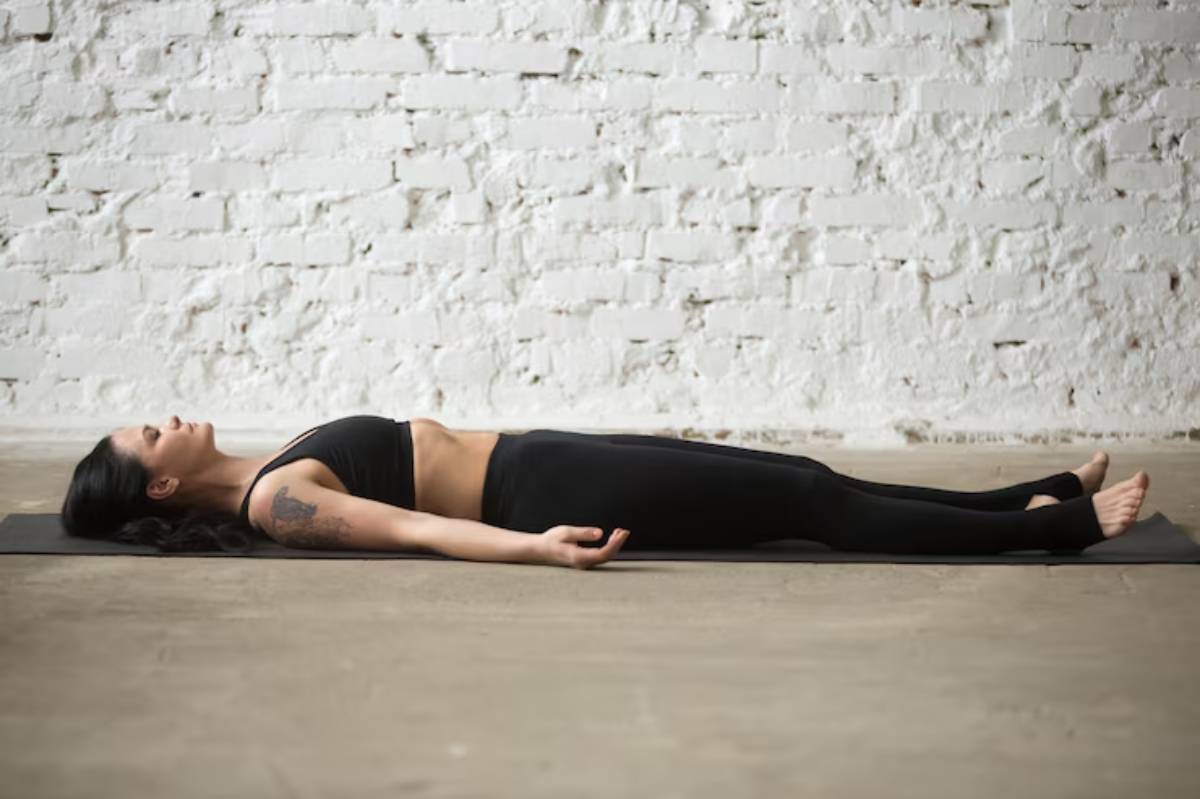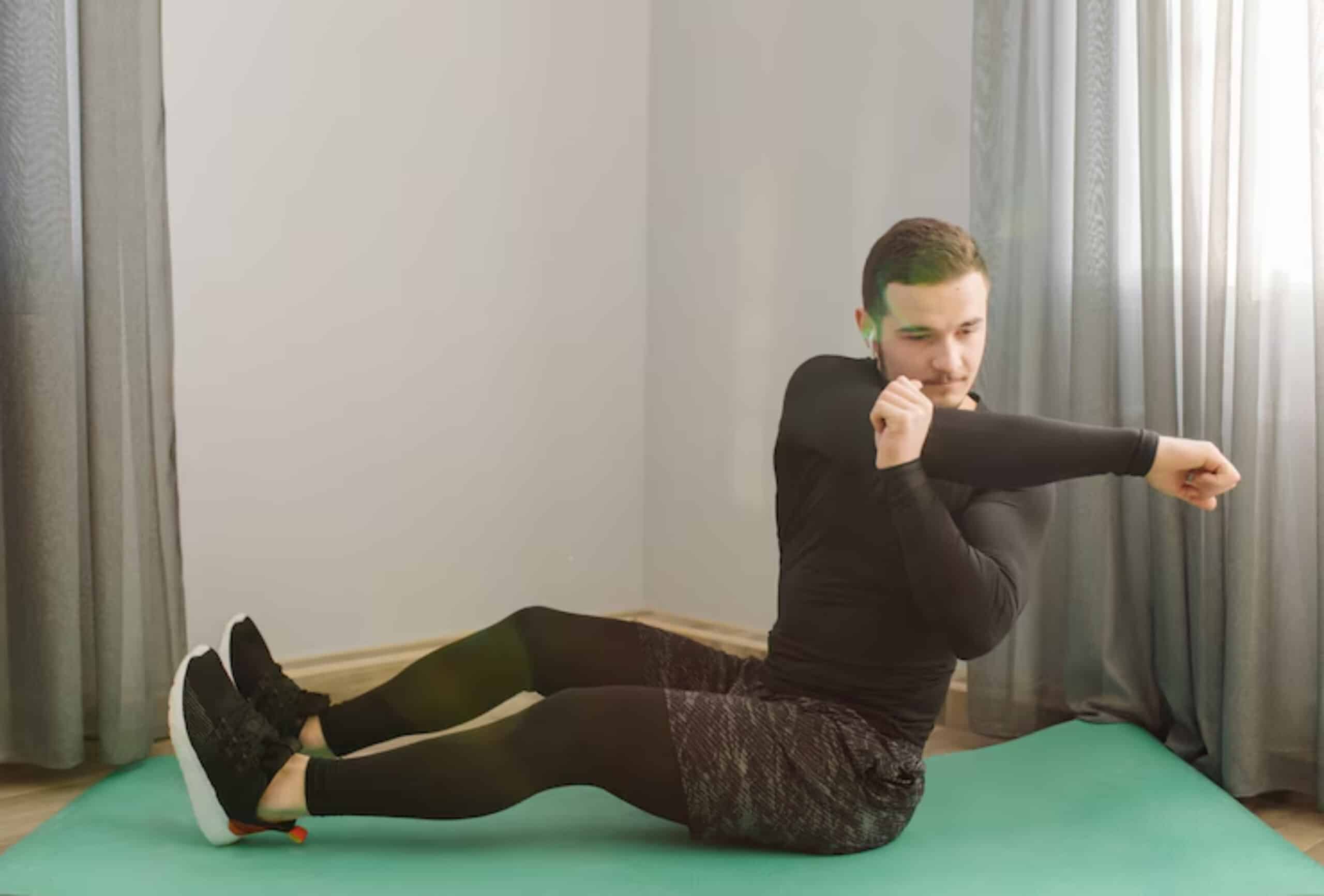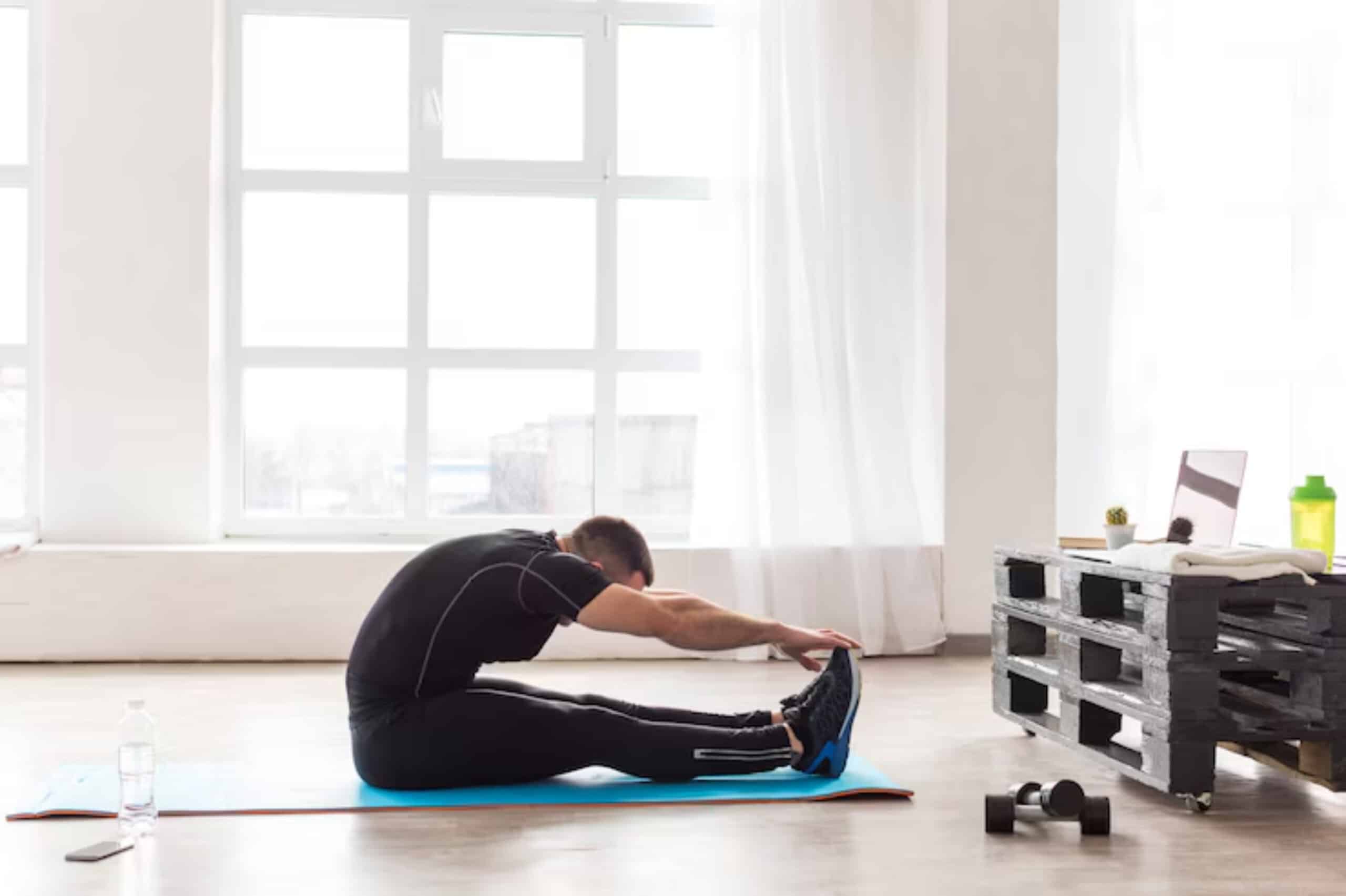
Yoga for Muscle Recovery After Lifting Weights
You just crushed your weightlifting session. Muscles feel pumped, endorphins are high—and now what? Most people head straight for the shower, maybe squeeze in a protein shake, and call it a day. But what if your biggest gains actually came from what you do after you lift?
Enter post-gym yoga: a powerful, low-impact recovery tool that eases sore muscles, prevents injuries, and boosts long-term performance. Whether you’re into powerlifting, bodybuilding, CrossFit, or general strength training, muscle recovery yoga offers restorative benefits that can complement your hardest lifts.
In this complete guide, you’ll discover how yoga fits into a weight training regime, which poses help release tension, how to build a practical yoga cooldown strength sequence, and how breathwork accelerates recovery.
Ready to turn soreness into strength and tightness into flexibility? Let’s stretch your potential.
Why Muscle Recovery Matters After Weightlifting
Understanding the Recovery Window
After a heavy lift, your muscle fibres are inflamed and microscopic tears are being repaired. This process is crucial for growth, but needs:
- Proper blood flow
- Reduced inflammation
- Nervous system reset
Failing to recover properly can lead to:
- DOMS (Delayed Onset Muscle Soreness)
- Limited mobility
- Higher risk of injury
- Plateaued performance
How Yoga Complements Recovery
Unlike foam rolling or static stretching alone, yoga works holistically:
- Increases circulation
- Improves lymphatic drainage
- Calms the nervous system
- Releases fascia and muscle tension
It also teaches mind-muscle connection through awareness, which translates directly into better lifting mechanics.
Key Benefits of Yoga for Strength Athletes
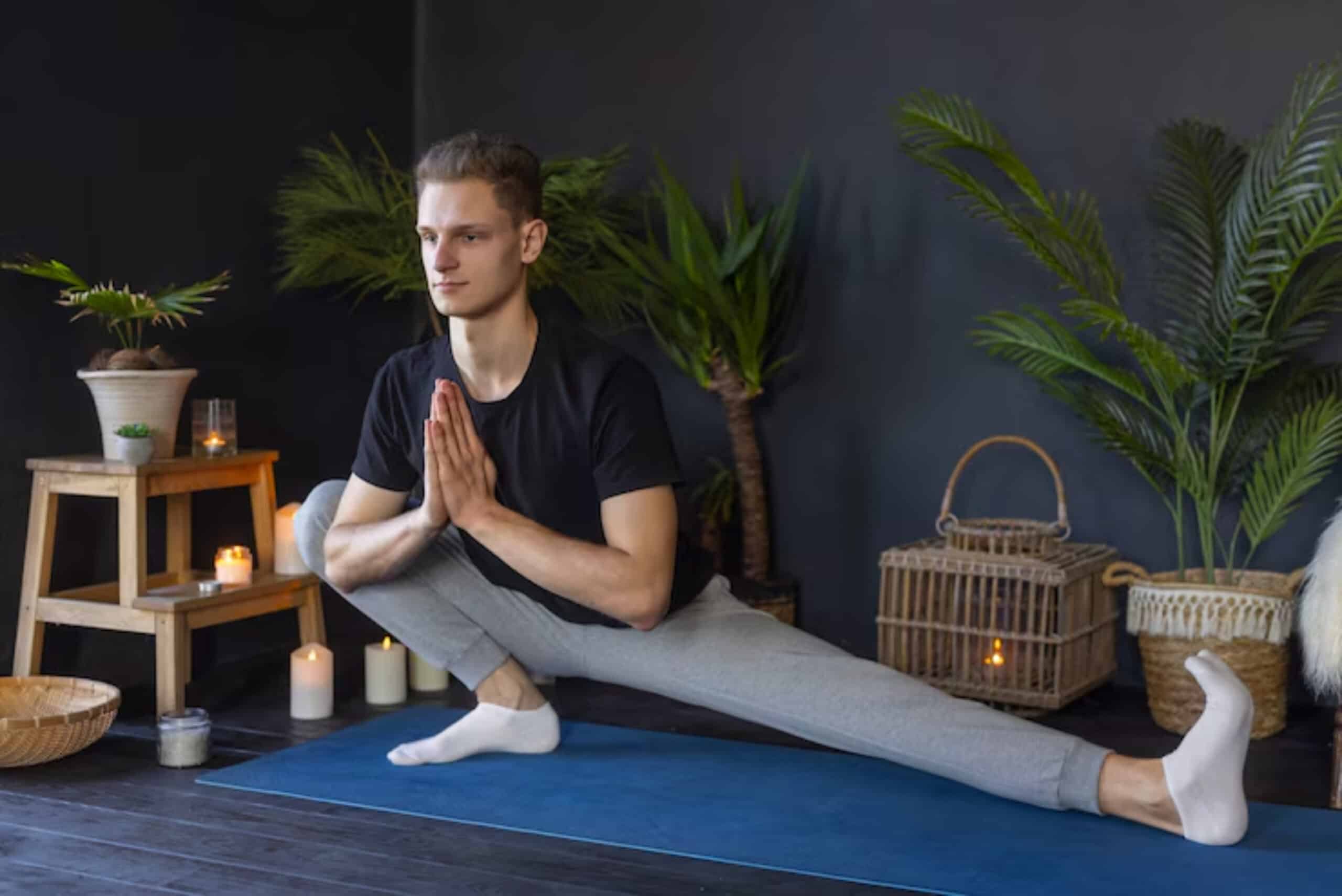
1. Enhanced Flexibility and Range of Motion
Tight hamstrings or shoulders? That could be limiting your form. Yoga gently opens up:
- Hip flexors (great after squats)
- Hamstrings and glutes
- Thoracic spine and shoulders
2. Improved Breathing Mechanics
Most lifters hold their breath or breathe shallowly. Yoga’s breath techniques promote:
- Diaphragmatic breathing
- Improved oxygen delivery to sore muscles
- Parasympathetic nervous system activation (rest-and-digest)
3. Faster Recovery Times
Through improved blood flow and reduced cortisol levels, yoga helps your muscles repair more efficiently.
4. Injury Prevention
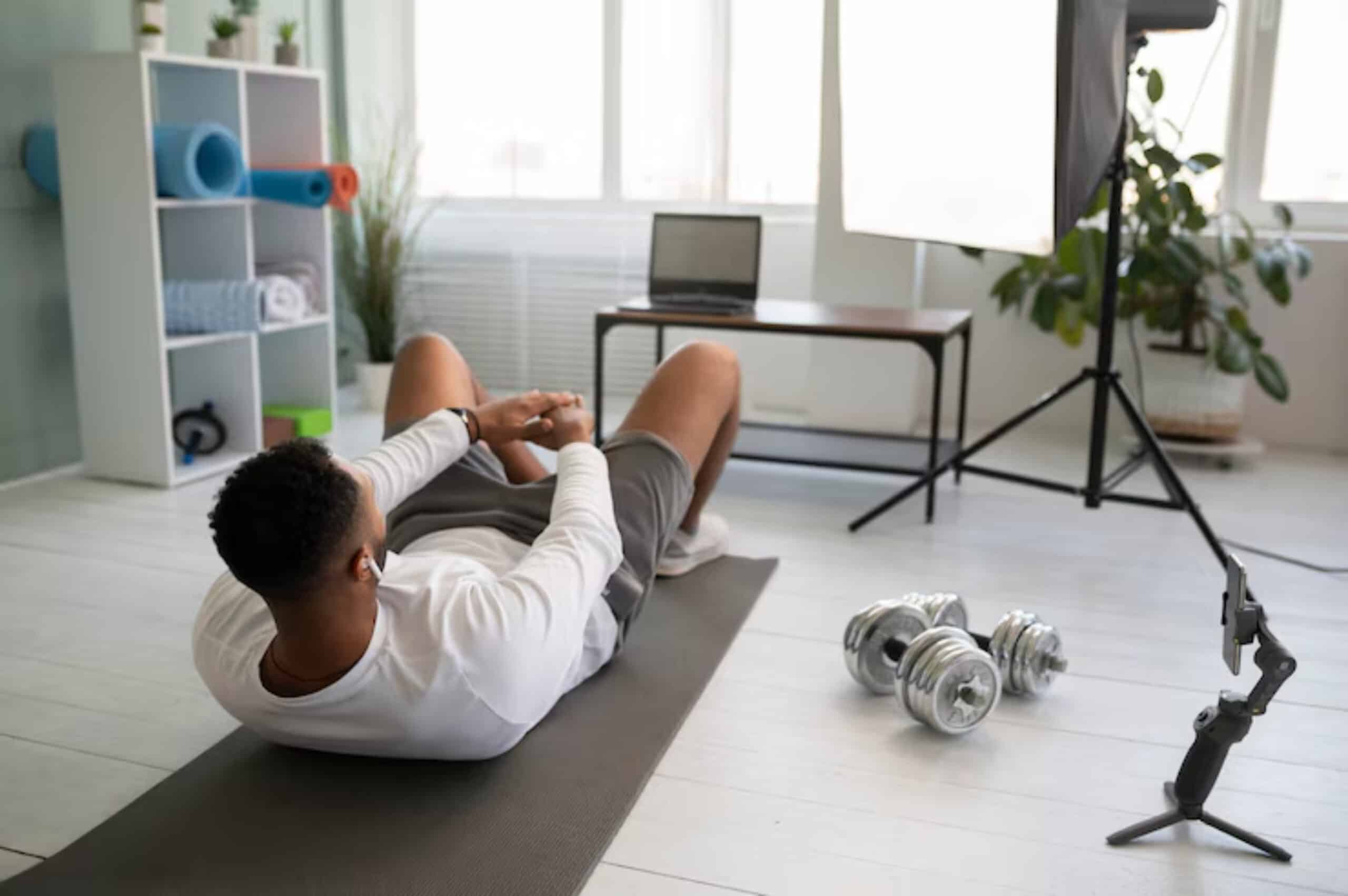
Strength training without mobility work is like building a house on a stiff foundation. Yoga improves joint stability and muscular balance.
For more on combining strength and flexibility, visit our Weighted Yoga: Should You Add Dumbbells? guide.
Post-Gym Yoga Sequence for Recovery (15–30 Minutes)
This muscle recovery yoga sequence targets common areas of post-lift tightness. Use it as a cooldown or evening recovery session.
Warm-Up (2–3 Minutes)
1. Cat-Cow (Marjaryasana-Bitilasana)
Why: Warms the spine and connects breath to movement
Tip: Breathe deeply into the belly
2. Child’s Pose (Balasana)
Why: Grounds the nervous system and opens the lower back
Tip: Widen knees for a deeper hip stretch
Main Recovery Flow (12–20 Minutes)
3. Low Lunge (Anjaneyasana)
Focus: Hip flexors, quads
Tip: Keep hips square and lift through the chest
4. Half Split (Ardha Hanumanasana)
Focus: Hamstrings, calves
Tip: Flex the front foot, keep the spine long
5. Pigeon Pose (Eka Pada Rajakapotasana)
Focus: Glutes, hip rotators
Tip: Use a block under the hip if needed
6. Thread the Needle (Supta Figure Four)
Focus: Piriformis and lower back
Tip: Relax the shoulders and keep your head supported
7. Reclined Twist (Supta Matsyendrasana)
Focus: Spine, obliques, rib cage
Tip: Let both shoulders stay grounded as you twist
8. Supported Bridge (Setu Bandhasana with Block)
Focus: Gentle spinal decompression, opens chest
Tip: Place block under sacrum, relax and breathe
Want to pair this with a deeper recovery session? Try our Deep Stretching Yoga for DOMS Relief.
Breathwork to Boost Muscle Recovery
Why Breath Matters
Breathing is the bridge between effort and ease. During yoga, breathwork (pranayama) supports recovery by:
- Enhancing oxygen delivery
- Flushing out carbon dioxide and lactic acid
- Calming post-lift stress responses
Try This: Box Breathing
How:
- Inhale for 4 counts
- Hold for 4
- Exhale for 4
- Hold out for 4
Repeat for 2–5 minutes after your session.
When Should You Practice Recovery Yoga?
- Right after lifting: Ideal as a cooldown (10–15 mins)
- Evening wind-down: Helps reduce DOMS before bedtime
- Active recovery days: Do a full 20–30-minute flow
- Pre-workout warm-up: Focus on mobility-based yoga
Consistency is key. Even a few poses a day can make a noticeable difference.
Common Mistakes to Avoid
Forcing the Stretch
Post-lift muscles are inflamed. Be gentle. Use props and ease in.
Skipping Breathwork
Holding your breath increases tension. Instead, breathe mindfully to promote relaxation.
Favouring Flexibility Over Stability
It’s not about how deep you can go, but how well you engage and align.
Not Listening to Your Body
Sore isn’t always tight. Learn to differentiate between tightness and fatigue.
Real-Life Results: From Sore to Stronger
Laura, 32, CrossFitter, “Yoga was a game-changer for my recovery. I used to get back pain after deadlifts, but post-lift pigeon pose and thread-the-needle fixed it.”
James, 44, Powerlifter, “I used to skip cooldowns. Now I spend 15 minutes on the mat post-gym. My recovery has improved, and I can train more consistently.”
Priya, 29, Weight Training Newbie “I didn’t know yoga could help with strength. But now I use it after every leg day. The difference in soreness and posture is incredible.”
Props That Support Recovery Yoga

- Yoga blocks: For lifting the floor to meet your body
- Straps: Help extend your reach safely
- Bolsters or cushions: Great for restorative postures
- Mat with good grip: Prevents slipping in low-energy poses
Props make post-gym yoga more accessible and comfortable—no need to struggle to go deeper.
How to Make Recovery Yoga a Habit
- Keep your mat in sight
- Stack it with an existing habit (e.g. post-shower stretch)
- Use a timer or guided app for accountability
- Track how you feel after each session
- Join a yoga-for-athletes class or community
Recovery rituals don’t have to be long to be effective. The goal is consistency.
Conclusion: Recover Smarter, Not Just Harder
Weightlifting builds strength. But without recovery, you won’t maximise your gains. Yoga bridges that gap—it helps your body repair, realign, and recharge.
With a simple post-gym yoga routine, you can reduce soreness, improve mobility, and support your body holistically. The poses are gentle, the breath is powerful, and the impact is real.
So what are you waiting for? Grab your mat, take a breath, and stretch your way into stronger lifts and better recovery.
